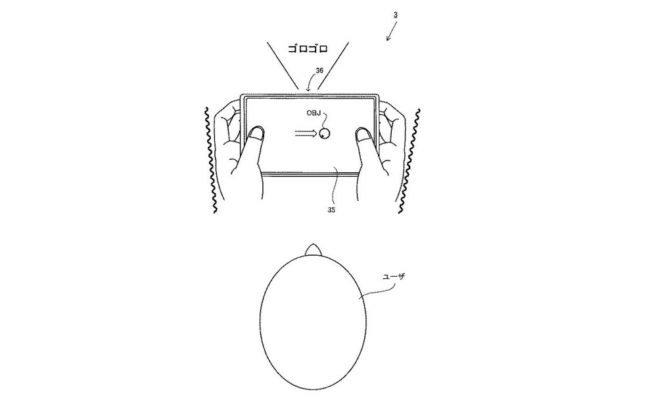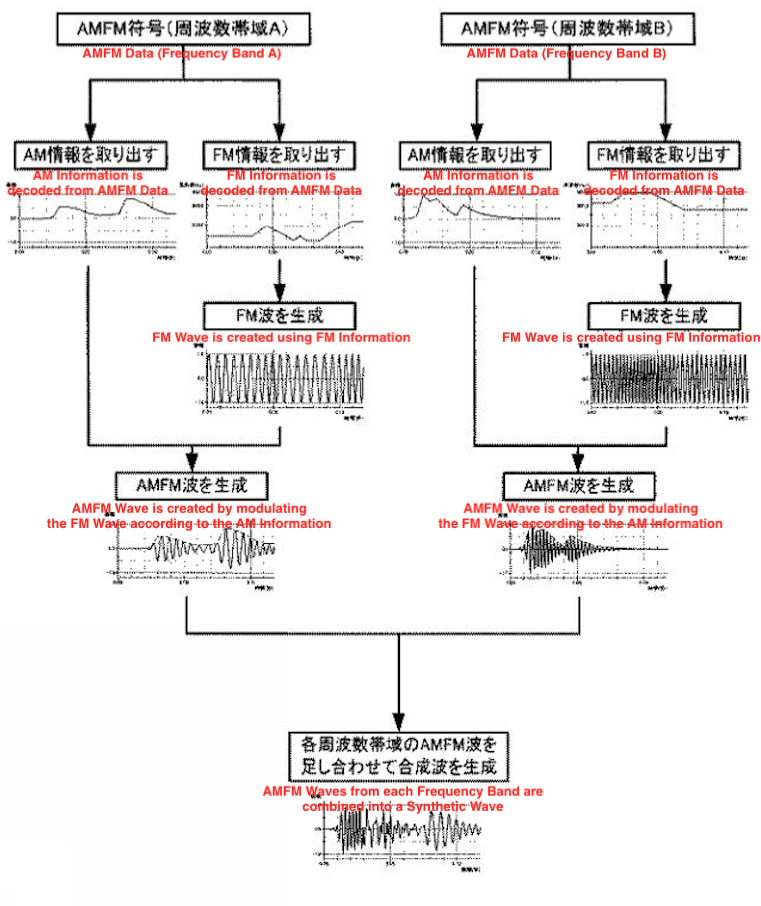Nintendo files patent relating to haptic feedback vibration system
In April 2015, Nintendo filed an interesting patent in Japan pertaining to a new vibration unit. Last month, it was officially published online.
The unit uses AMFM code and a decoder separates the AM and FM information. From FM information, it generates FM frequency and combining the frequency with AM information, creates an AMFM wave. This is done on two different frequencies, which are combined together to generate a composited wave.
To summarize:
– It’s a vibration system capable of being used in a variety of handheld devices (ex: a tablet)
– It can generate various types of vibration, corresponding to sensations related to what’s on the screen
– AMFM waves are used to target sensory receptors in the skin to simulate various haptic sensations
The system starts by generating AMFM waves for the specific vibrations. The waves are then interpreted by a codec that converts them into an analog vibration signal, and that signal is then passed through an amplifier. Finally, the amplified signal reaches the actuator, which induces the actual vibrations. It’s possible for these signals to be combined in order to generate composite waves for more complex vibrations.
The patent also describes the capability of the device to receive vibration orders not only from a processing unit, but from a network as well. This could imply the inclusion of cloud gaming, cloud computing, or the transference of vibration data between units through the network.
Now, your first thought is that the patent could have something to do with Switch. While it’s possible, patents aren’t always used or related to certain products. But if this is something Switch-related, it could show that the system’s core unit, Joy-Cons, or whatever else tied to the platform are capable of implementing a haptic feedback feature and may also give a nod to Nintendo’s future cloud projects.
Big thanks to Gessenkou and iYakku for their help with this post! Please do not copy the translated diagram above.

